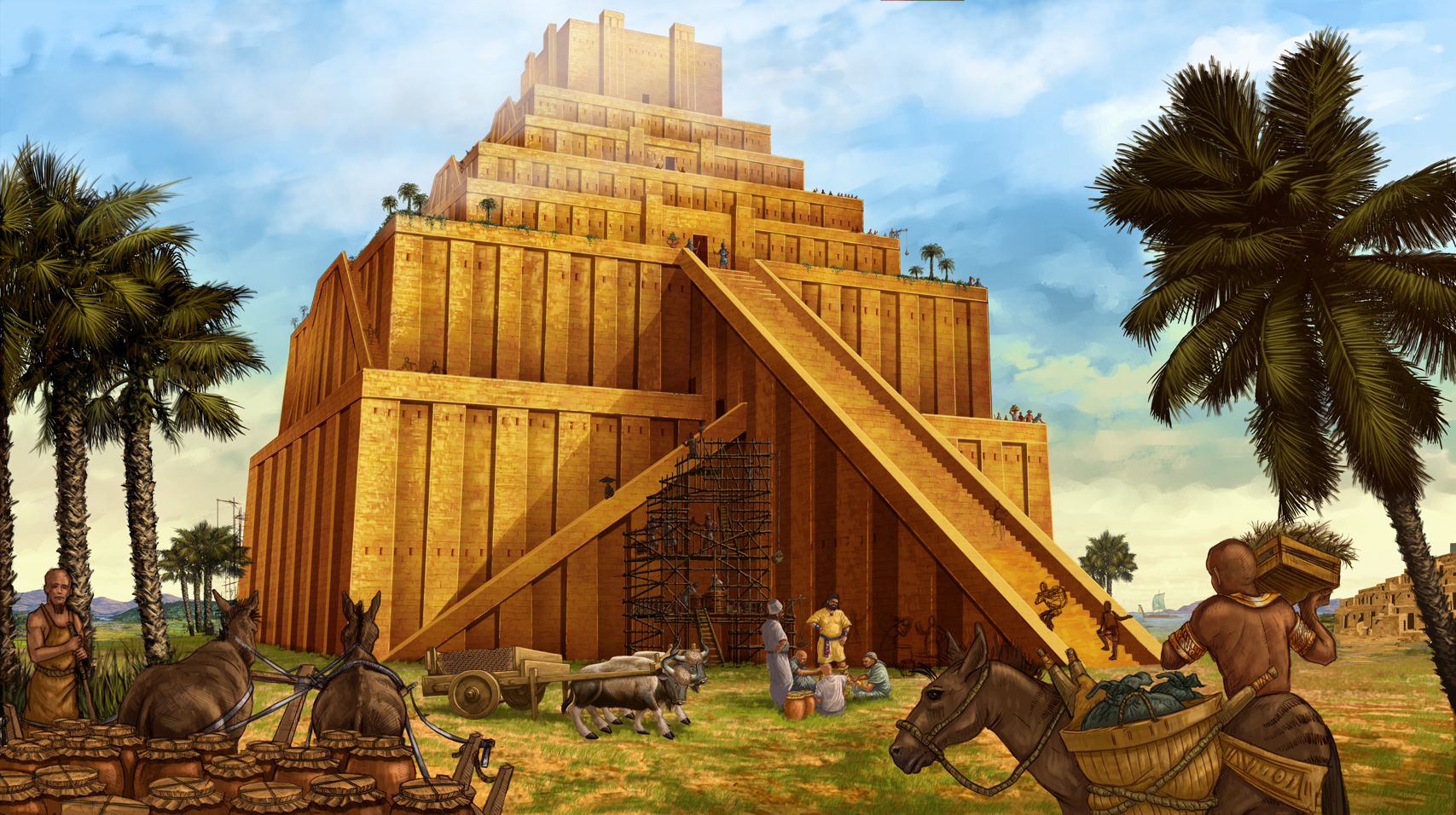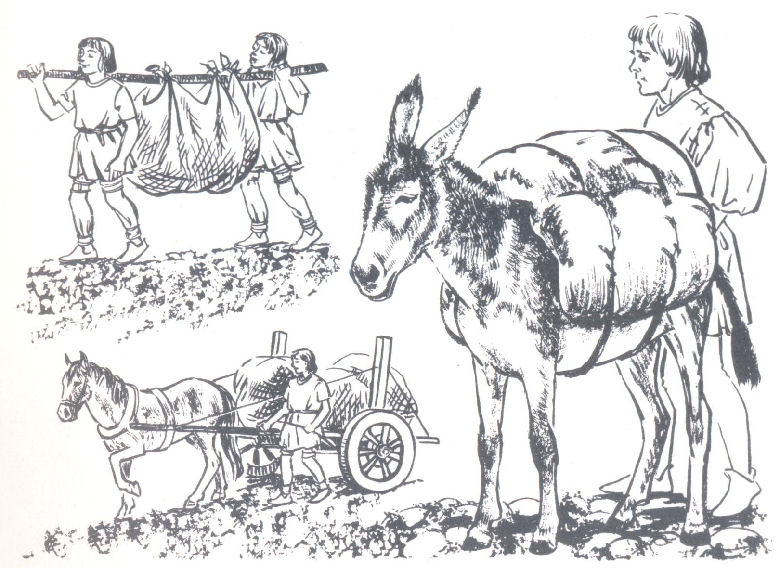336.WHAT WAS THE FIRST SKYSCRAPER?
All over the world today, wherever big cities have grown up, there are very tall buildings that might be called skyscrapers. There is no special reason for calling a building a skyscraper. It’s simply a name we have given to very tall buildings.
In fact, the Bible tells of an attempt to put up a building so tall that it could never be covered by the waters of any flood. This, of course, was the Tower of Babel. During the Middle Ages, the people who lived in the cities of northern Europe began to build great cathedrals. Master builders learned how to fashion stones into pointed arches and flying buttresses to raise ceilings. Tall spires were added to give greater height and majesty to these churches.
335.WHAT WAS THE FIRST MEANS OF TRANSPORTATION?
If you were stranded on a desert island and you wanted to get something from one place to another, what would you do? You would carry it! In primitive times human muscles were the only means of transporting anything. Man was his own “beast of burden.”
In time man tamed certain animals and taught them to carry riders or other loads. The ox, the donkey, the water buffalo, the horse, and the camel were used by early man in various parts of the world for transportation.
334.WHAT WAS THE FIRST HIGHWAY?
Animal tracks through forests and jungles were probably the beginning of man’s roads. They were easier and safer to use than to force new ways through dense undergrowth. The earliest roads made by men for their own use were probably footpaths leading from their shelters to the nearest streams and hunting grounds.
When men began trading with one another, roads became more important. The great overland trade routes across Europe and Asia came into use for the transportation of such things as amber, silk, and precious stones. These were merely tracks and trails well worn by constant use.






